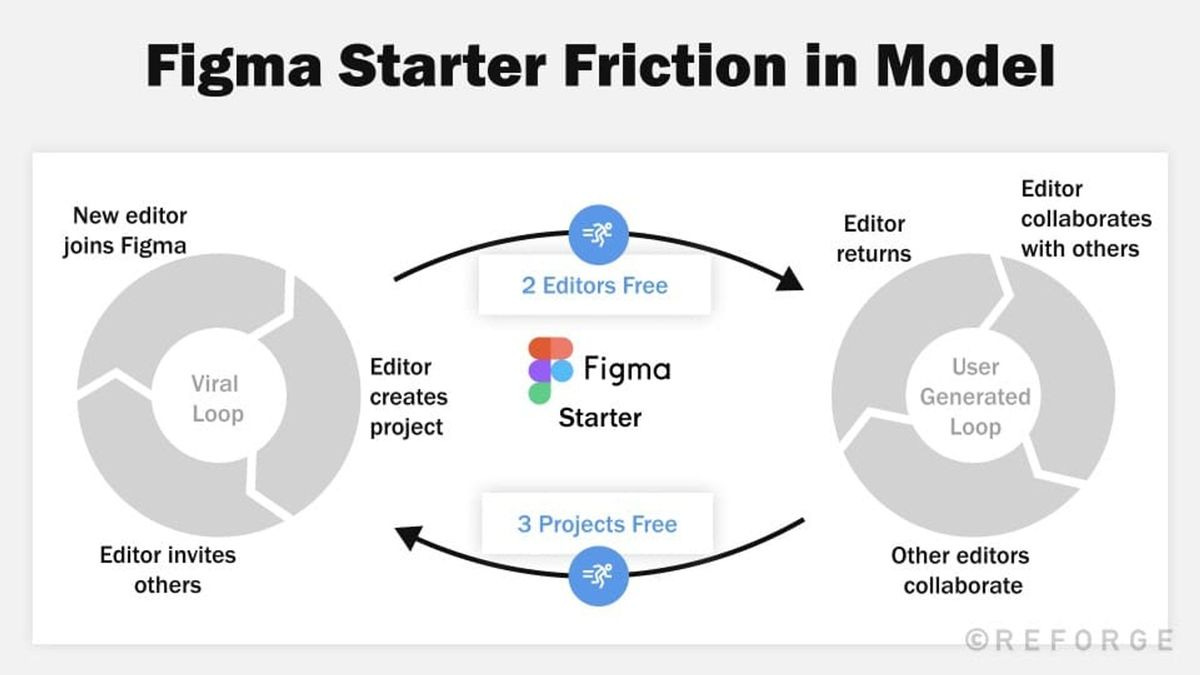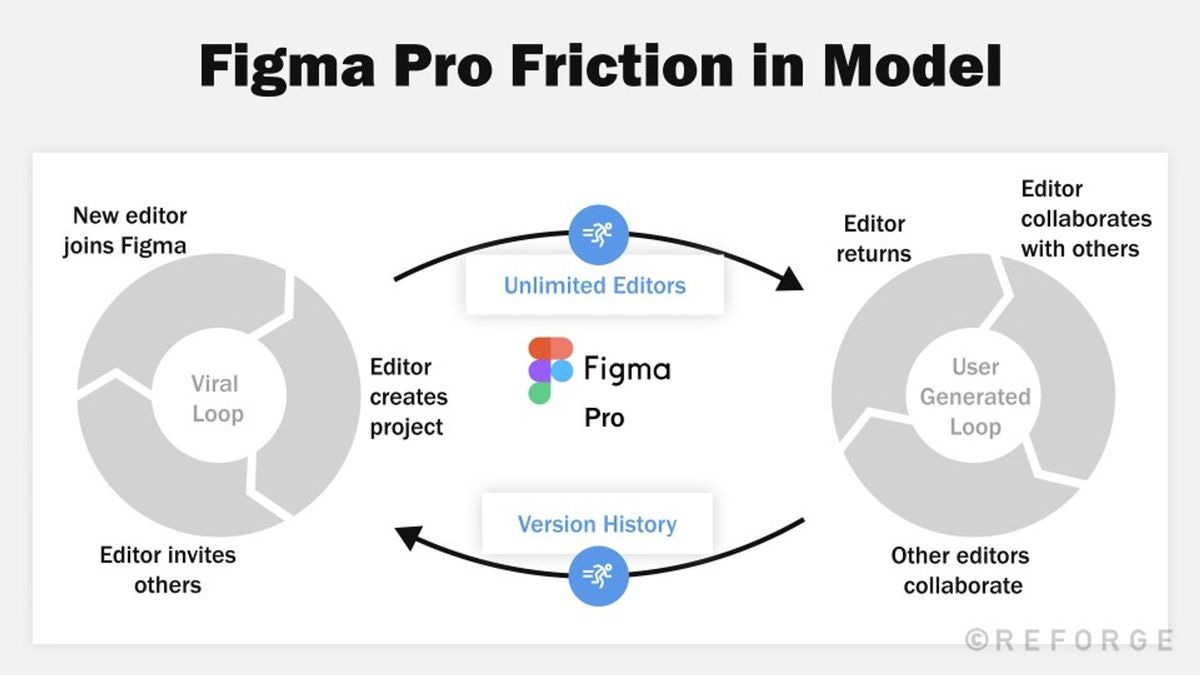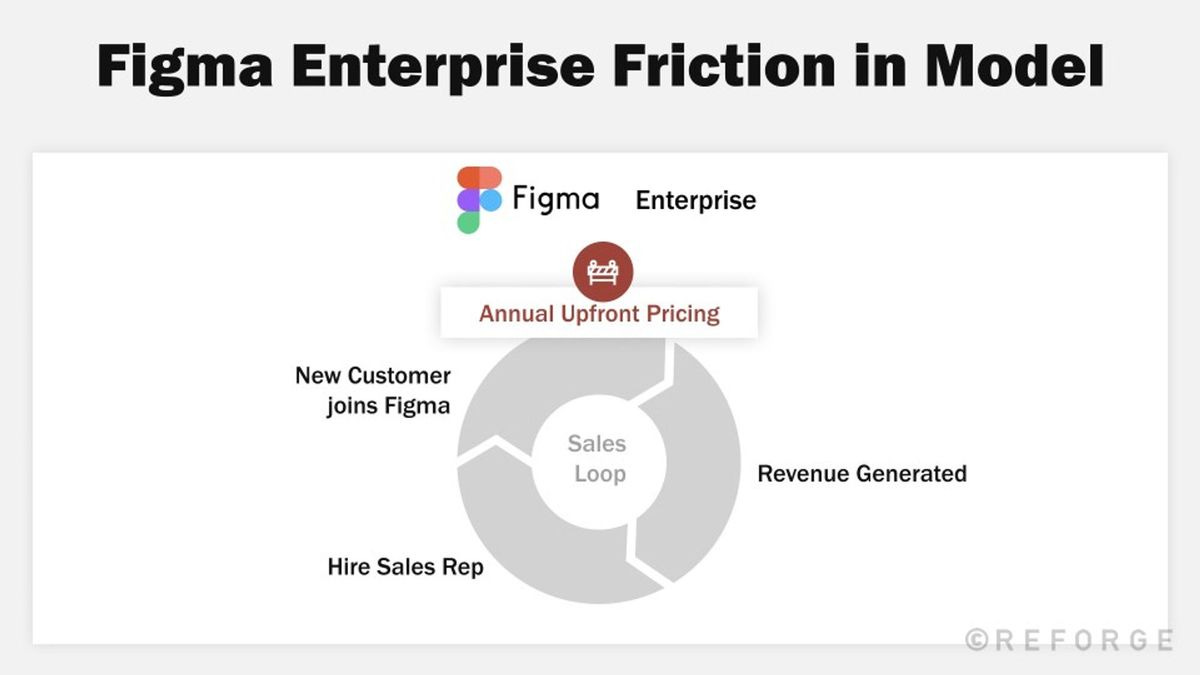Brian Balfour on AI Growth Misconceptions, Defensibility, and Accelerating Your Career
Product State Q&A
Brian Balfour is the Founder and CEO at Reforge. He’s also a Venture Partner at Long Journey Ventures. Formerly, Brian was VP of Growth at HubSpot, EIR at Trinity Ventures, Founder at Viximo, and Product Manager at ZoomInfo.
Website / LinkedIn
EC: What’s the biggest misconception product leaders still have about growth today?
BB: The biggest misconception is that AI has changed everything. It hasn't. The same fundamental principles are still true. There are just different ways to apply them.
Some examples:
Retention is still the king of growth. Those with the highest retention will win categories.
To have retention, you need to build a habit. The journey to build a habit is through a ‘setup’ moment, ‘aha’ moment, ‘habit’ moment. The onboarding experiences we are able to build change, but the fundamentals are the same.
To grow you need to build a compounding growth system out of growth loops (not funnels). AI has just changed the common bottlenecks of growth loops. For example, in UGC loops the bottleneck used to be on content creation. AI reduces that friction, but shifts the bottleneck elsewhere.
When you create your monetization model, it still needs to pass three checks:
Customer View — Your customers see that Perceived Value > Perceived Price + Friction
Growth Loops — Monetization models enable/disable certain growth mechanisms. They work together.
Costs — Your monetization model needs to cover cost to serve + cost to acquire.
In AI, Costs have become much more important, which is driving people towards different monetization models.
Point is, if you know the fundamentals well, then you'll have an easier time navigating and winning in all of these change.
EC: When building a new product in 2025, how should product teams think about defensibility?
BB: There are a few things:
Defensibility is built over time, you don't have it at inception.
Speed and distribution are not moats. They are preconditions to defensibility. Speed and distribution give you the opportunity to sequence to something more defensible.
The forms of defensibility are the same (cross side network effects, direct network effects, data network effects, etc). It's just that certain forms of defensibility like Data NFX are more viable/important with AI vs others.
This means that if you are:
Early Stage Startup - Don't focus on defensibility, focus on getting escape velocity.
High-Growth Startup - If you have escape velocity, then you need to start sequencing to more defensible moats.
Late Stage Startup - If you have one form of defensibility, you need to think about what you add next. You layer them over time.
Incumbent - You need to assess whether your historical form of defensibility has gotten stronger or weaker. (It's weaker in most cases).
EC: What’s the single most underrated skill that accelerates a product leader’s career?
BB: I would say two things:
Being a great picker of companies and problems to work on.
Not caring about titles, size of team you manage, internal career ladder definitions, or having a career map.
The most effective people I see are ones that continuously take on hard, ambiguous problems with an ‘I'll figure it out’ attitude, and they don't worry about the rest.
If you do that, I guarantee you'll be rewarded regardless of all the career ladder checkboxes your team has defined internally.
This is hard because — as humans — we seek certainty. We want to be able see what is ahead. The unknown is uncomfortable.
I see this today with AI's changing landscape. Everyone wants to know ‘What will AI do to my job function in X years so that I can perfectly plan my next move."
It's a waste of energy and time. No one can predict the future.
If you take that energy and deploy it to being at the frontier of using this new technology in your profession, you'll be well positioned to navigate the changing waters.
“Speed and distribution are not moats. They are preconditions to defensibility.”
- Brian Balfour, Reforge







